
Antihistamines andthe main characteristics
Antihistamines are medications that are used for the treatmentof allergies and allergic reactions, and the majority of the medications fromthis group can be acquired without a prescription. They can be found in severalforms, but regardless of the form, they all have in common the way in whichthey work. They block histamine, thus preventing the symptoms of allergy toappear, and their continuous use during the period of allergy is recommended,because that way they are the most effective. Still, there are people who areallergic to antihistamines, so they should not use them.
As for the forms, theycan be found in oral form, or more precisely as pills or liquids, and they havethe ability to reduce swelling, hives, runny nose and watery eyes. Some of themshould be avoided when driving or performing some kind of an activity that canbe dangerous, while some are not intended to be used by children or olderpeople. Nasal sprays are another form of antihistamines, and they are effectivewith sinus congestion, sneezing and runny nose, while eyedrops are also a formof antihitamines, and they are suggested when eyes are itchy, red and swollen. Thedownside of eyedrops is that they are effective for a short period of time,which is one of the reasons why they are very frequently used in combination withsome other medication.
Side effects ofantihistamines
Just like the greatest majority of the medications,antihistamines may also cause side effects, even though they are generally toleratedvery well. The side effects may differ from one form to another, so those that canbe expected when certain oral antihistamines are used include drowsiness andslower reaction, because some have sedating effect.
Nasal sprays may also causedrowsiness or even tiredness, but other problems that may be experienced areheadache, nausea, and a sore throat. Some nasal sprays may have a bitter taste,and there have been reports that some of them caused nosebleeds.
As for theeyedrops and side effects that they may provoke, red and watery eyes as wellas headache are the most frequently reported. People who wear contact lenses shouldcarefully consider their use, since they may increase the risk of inflammationof the eye.
Besides these, side effects that may be expected are sneezing, coughing, diarrhea, problems with breathing, and even hallucinations and nightmares are not excluded.
Some antihistamines should not be combined with particularmedications because or the risk of drug interactions, but some of them should notbe combined with alcohol either.


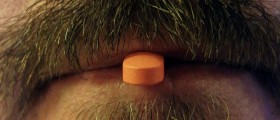

-Help-Treat-Your-Cold-Or-Flu_f_280x120.jpg)

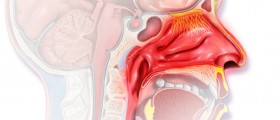

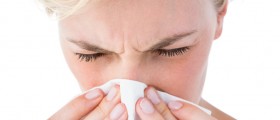



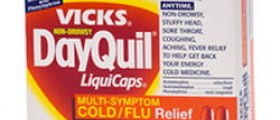
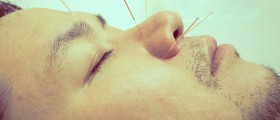



Your thoughts on this
Loading...